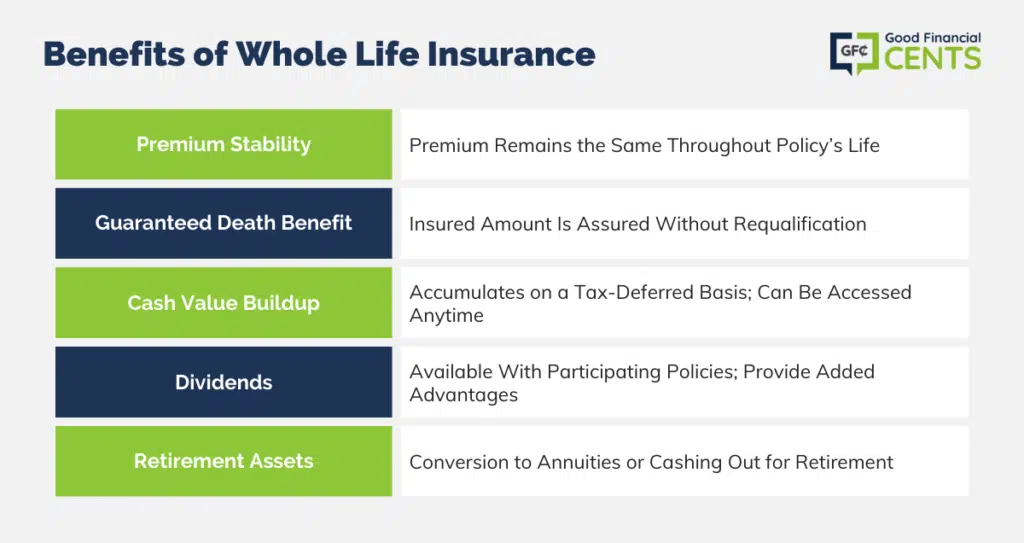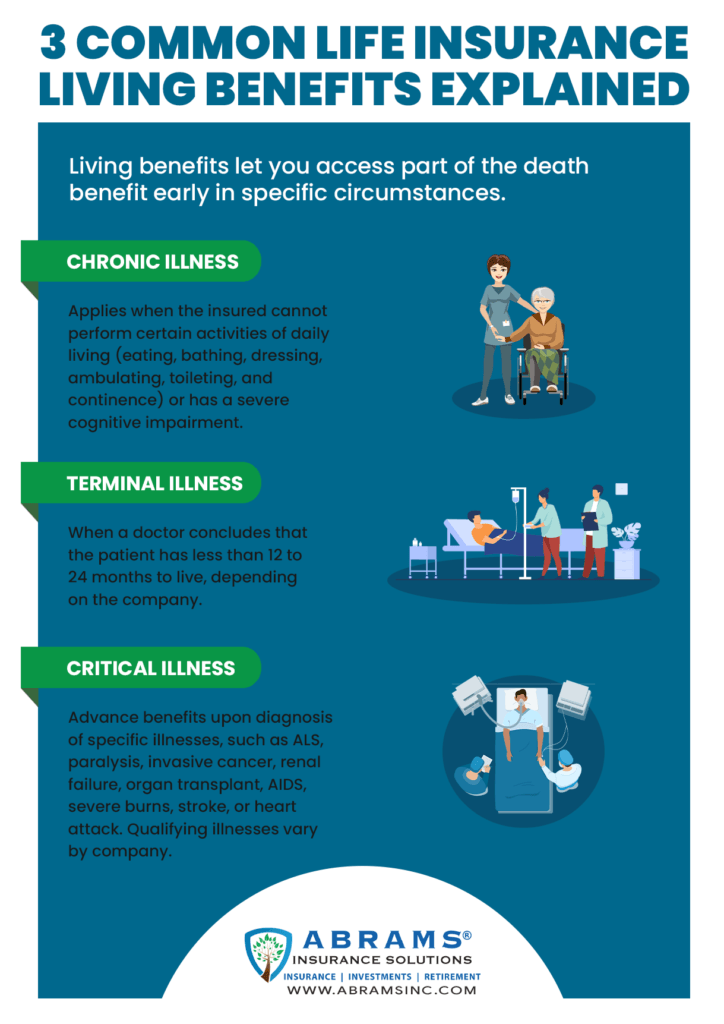Determining Fault in a Car Accident
Every car accident is different. But one thing that’s always the same is the need to determine who’s at fault. Figuring out fault is key to assigning legal liability for the damages caused by the crash. Without a clear understanding of fault, it’s tough to determine who should pay for the medical bills, property damage, and other costs associated with the accident.
Determining fault in a car accident can be a complex process. There are many factors to consider, such as the actions of the drivers involved, the condition of the vehicles, and the road conditions. In some cases, fault is clear-cut. For example, if one driver was speeding and ran a red light, it’s obvious that they’re at fault for the accident. But in other cases, fault is not so clear. For example, if two drivers are involved in a head-on collision, it may be difficult to determine who was at fault.
If you’re involved in a car accident, it’s important to stay calm and collect as much information as possible. This includes exchanging information with the other driver(s) involved, taking photos of the damage, and getting contact information for any witnesses. You should also report the accident to the police. The police report will provide an official record of what happened, which can be helpful in determining fault.
Fault in a Car Accident: Determining Who’s to Blame
Car accidents can be chaotic and confusing, but it’s important to determine fault to assign liability and seek compensation for damages. Fault can be tricky to establish, but it often boils down to negligence.
Negligence
Negligence is the foundation of most fault determinations in car accidents. Negligence occurs when a driver fails to act as a reasonable person would in a similar situation. This standard of care dictates that drivers should anticipate hazards and take appropriate precautions to prevent harm. When a driver breaches this standard of care and causes an accident, they can be held liable for damages.
Examples of Negligence
Determining negligence often hinges on specific actions or omissions by the driver. Speeding, running a red light, failing to yield, or driving under the influence are all textbook examples of negligent behavior that can lead to an accident. Texting while driving, drowsy driving, or any other form of distracted driving can also rise to the level of negligence.
Establishing Negligence
Proving negligence requires evidence that the driver breached the standard of care, caused the accident, and caused the plaintiff’s injuries or damages. This can come from eyewitness accounts, police reports, medical records, and other sources.
Exceptions to Negligence
In some cases, negligence may not be a factor in causing an accident. For instance, if a driver is forced off the road by a mechanical failure, the accident may not be their fault. Similarly, if weather conditions, such as sudden dense fog or black ice, render driving hazardous, negligence may not be applicable.
Fault in a Car Accident
After a car accident, determining fault is crucial for determining liability and compensation. Establishing fault can be complex, involving an examination of the actions and behaviors of all parties involved. This article explores the concept of fault in car accidents, including its various forms, legal doctrines, and implications for accident victims.
Negligence
Negligence, the most common basis for fault in car accidents, occurs when a driver breaches their duty of care to others, resulting in an accident. This duty of care requires drivers to exercise reasonable prudence and caution while operating their vehicles. Negligence can manifest in various forms, such as speeding, distracted driving, or failing to yield.
Comparative Negligence
In some jurisdictions, the legal doctrine of comparative negligence allocates fault among multiple parties. Under this doctrine, a plaintiff’s recovery may be reduced if they are found to have contributed to their own injuries or damages. The degree of reduction is proportionate to the percentage of fault attributed to the plaintiff. For instance, if a plaintiff is found to be 30% at fault for an accident, their compensation may be reduced by 30%.
Contributory Negligence
In a handful of jurisdictions, the more stringent doctrine of contributory negligence bars a plaintiff from recovering any damages if they are found to have contributed even slightly to the accident. This doctrine effectively absolves all other parties involved from liability, regardless of their degree of fault. Critics argue that contributory negligence is overly harsh and places an unfair burden on accident victims who may have made minor mistakes.
Statutory Fault
In some cases, fault may be established by statutory violations. For example, driving under the influence of alcohol or drugs or violating a traffic signal are considered statutory violations. When a statutory violation contributes to an accident, it may be considered evidence of negligence and fault.
No-Fault Systems
Some states have adopted no-fault systems for car accidents. These systems aim to streamline the accident claims process by eliminating the need to determine fault. Instead, injured parties receive compensation from their own insurance company, regardless of who caused the accident. No-fault systems can expedite the recovery process but may limit the amount of compensation available to accident victims.
Fault in a Car Accident
Ooops! A car accident can be a major hassle. You might be dealing with injuries, property damage, and insurance companies. One of the most important things to figure out after a car accident is who is at fault. Fault is not always clear-cut, and there may be more than one party who is partially responsible. If you’re wondering who is at fault in your car accident, here’s what you need to know.
Determining Fault
Fault is typically determined by looking at the actions or omissions of the drivers involved in the accident. Drivers are required to obey traffic laws, and they must exercise reasonable care to avoid causing accidents. If a driver fails to do either of these things, they may be considered at fault for the accident.
Comparative Negligence
Comparative negligence laws apply in most states. These laws allow plaintiffs to recover damages even if they are partially at fault for the accident.
States use different methods to determine how to divide fault between the parties involved in an accident. The most common methods are:
- Pure comparative fault: Under this system, the plaintiff’s damages are reduced by their percentage of fault. For example, if the plaintiff is found to be 20% at fault for the accident, their damages will be reduced by 20%.
- Modified comparative fault: Under this system, the plaintiff is barred from recovering damages if they are found to be more than 50% at fault for the accident. For example, if the plaintiff is found to be 60% at fault for the accident, they will not be able to recover any damages.
- Slight-gross comparative fault: Under this system, the plaintiff’s damages are reduced by their percentage of fault, but the defendant is still liable for the plaintiff’s damages even if the plaintiff is found to be more than 50% at fault.
- 50% bar rule: Under this system, the plaintiff is barred from recovering damages if they are found to be more than 50% at fault for the accident. However, the defendant is still liable for the plaintiff’s damages if the defendant is found to be more than 50% at fault for the accident.
Which method is used in your state will affect how your damages are calculated. It’s important to speak to an attorney to learn more about the comparative negligence laws in your state.
Fault in a Car Accident
Establishing fault in a car accident is crucial for determining who is legally responsible for the damages and injuries sustained. Fault can be assigned to one or more parties involved in the accident and can have significant implications for insurance claims, legal liability, and financial compensation.
Negligence
In most car accident cases, negligence is the legal basis for assigning fault. Negligence refers to the failure to exercise reasonable care in operating a vehicle. It involves four key elements: duty of care, breach of duty, causation, and damages. If a driver breaches their duty of care by acting carelessly or recklessly, and their actions cause an accident, they can be held liable for damages.
Intentional Acts
In some cases, fault may be assigned due to intentional acts. This occurs when a driver deliberately causes an accident or engages in reckless behavior with the intent to harm others. Intentional acts often lead to criminal charges and severe civil penalties, including punitive damages.
Comparative Fault
In some jurisdictions, comparative fault laws apply. Under these laws, fault is apportioned among multiple parties involved in an accident in proportion to their respective contributions. This means that even if one party is found to be primarily at fault, other parties may still be held partially liable.
Strict Liability
In certain situations, strict liability may be applied. This means that a party can be held legally responsible for damages regardless of whether they were negligent or intentionally caused an accident. Strict liability is often applied in cases involving defective products or abnormally dangerous activities, such as operating a large commercial vehicle.
Strict liability is designed to protect victims of accidents caused by inherently dangerous activities or products. By imposing liability regardless of fault, it encourages manufacturers and businesses to exercise the utmost care in producing and operating dangerous products or engaging in hazardous activities.
Fault in a Car Accident
Determining fault in a car accident is like a complex puzzle, and it’s not as straightforward as it may seem. If you’ve been involved in a collision, understanding who’s responsible is crucial to protect your rights and recover compensation for any damages incurred. The concept of fault encompasses three key elements, each like a piece of the puzzle that must fit together to establish liability. Let’s dive into these elements to help you navigate this legal maze.
Proving Fault
Establishing fault in a car accident, like building a legal case, requires meeting the burden of proof. Here’s what you need to demonstrate:
1. Duty of Care
Drivers have a legal responsibility, a duty of care, to act reasonably and safely on the road. This means they must anticipate potential hazards and take precautions to avoid harm to others. For example, a driver must adhere to speed limits, obey traffic signals, and maintain their vehicle in good working order.
2. Breach of Duty
If a driver fails to meet their duty of care, a breach has occurred. This could be anything from running a red light to driving under the influence of alcohol. When such breaches happen, they can have dire consequences, leading to accidents and potential injuries.
3. Causation
Establishing a direct link between the breach of duty and the resulting injuries or damages is crucial. It’s not enough to prove that a breach occurred; you must demonstrate that it directly caused the harm suffered. This requires careful analysis of the accident’s circumstances and a clear understanding of how the breach contributed to the outcome.
4. Damages
In addition to proving fault, you must also quantify the extent of your losses, known as damages. These can range from medical expenses and lost wages to property damage and pain and suffering. Accurate documentation of expenses and evidence of the impact the accident has had on your life is essential for fair compensation.
5. Comparative Negligence
Fault in a car accident isn’t always black and white; sometimes, both parties share the blame. In such cases, the doctrine of comparative negligence comes into play. This legal principle apportions fault to each party involved, allowing for a fair reduction in compensation based on their respective level of responsibility.
6. Contributory Negligence
In some states, contributory negligence presents a more stringent standard. Under this doctrine, even if you are partially at fault, you may be barred from recovering any compensation. This harsh rule can be a significant obstacle, and it’s important to understand the laws of the state where the accident occurred to determine its applicability.
Fault in a Car Accident: Legal Consequences
Car accidents are a common occurrence, and they can often lead to serious injuries and property damage. If you’re involved in a car accident, determining who is at fault is crucial, as it can have a significant impact on your legal rights and responsibilities.
Legal Consequences of Fault
A finding of fault in a car accident can have far-reaching legal consequences, including:
- Liability for Damages: The at-fault driver is typically liable for compensating the victim for their damages, which may include medical expenses, lost wages, pain and suffering, and property damage.
- Criminal Charges: In some cases, a car accident may result in criminal charges, such as reckless driving or vehicular manslaughter. If the driver was under the influence of alcohol or drugs, they may also face DUI charges.
- License Suspension or Revocation: If the at-fault driver has a history of traffic violations or is deemed to be a danger to other motorists, they may have their license suspended or revoked.
- Loss of Insurance Coverage: Insurance companies may refuse to cover at-fault drivers who have engaged in negligent or reckless behavior. This can leave the driver personally liable for any damages they cause.
Establishing Fault
Determining fault in a car accident is not always straightforward. Insurance companies, police officers, and courts will consider various factors to establish fault, including:
- Traffic laws: Did either driver violate any traffic laws, such as speeding or running a red light?
- Witness statements: Did any witnesses see the accident and can provide their account of what happened?
- Police reports: Police officers who respond to the accident will typically prepare a report that documents their observations and findings.
- Evidence: Physical evidence, such as skid marks, tire tracks, and damage to the vehicles, can help establish how the accident occurred.
Importance of Legal Representation
If you’re involved in a car accident, it’s important to seek legal representation as soon as possible. An experienced attorney can help you protect your rights, negotiate with insurance companies, and pursue compensation for your damages.




Leave a Reply